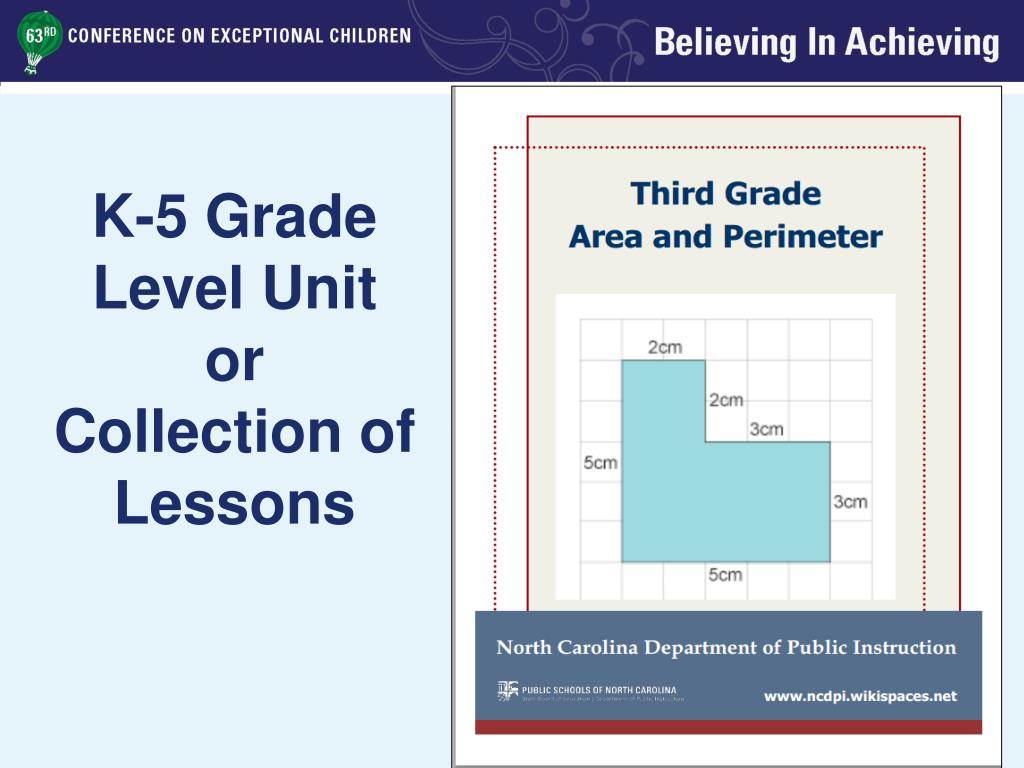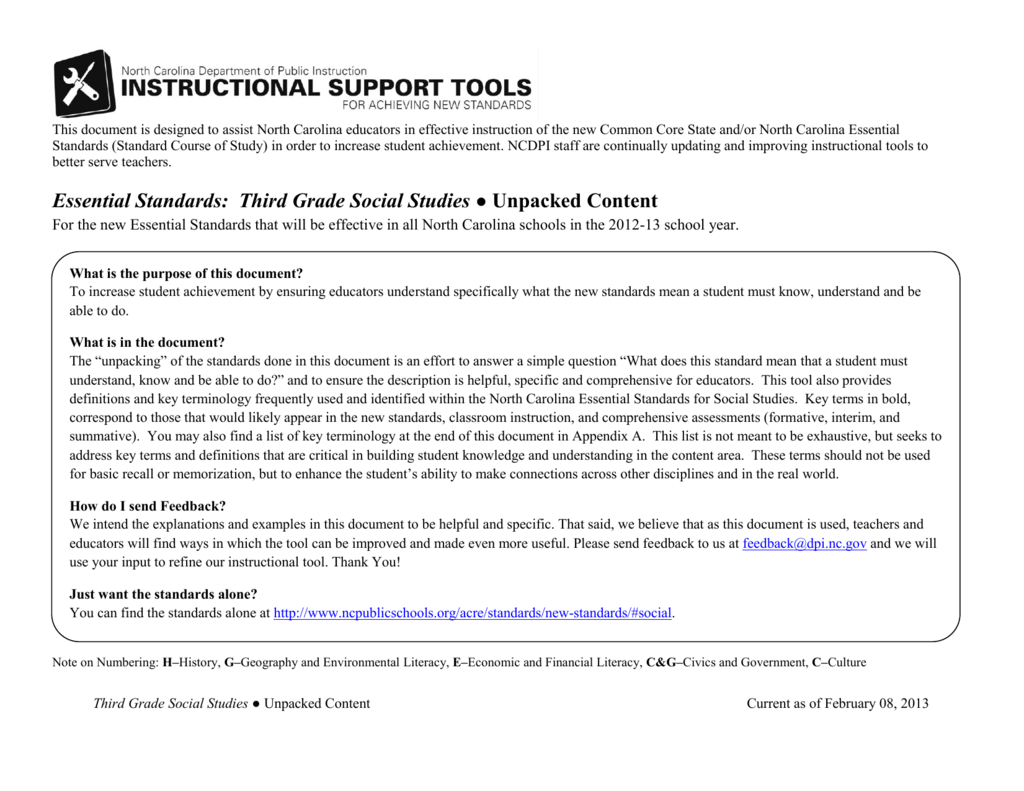

It’s not a set of beliefs, though critical race theorists may draw similar conclusions. Oftentimes, it involves examining the possibility of systemic racism contributing to different problems. What’s taught in the social studies classroom has also been a part of the recent conversation around “critical race theory,” which refers to studying history or current times through the lens of how race may play a role. Proponents contended more diverse perspectives on historical issues would leave students better prepared to be leaders when they’re older, while opponents argued emphasizing too much negativity would keep students from supporting their country. But the guiding document still includes example topics for objectives, such as analyzing disposable income, retirement planning or cost of living while critiquing income and spending plans for various individuals.Ĭoncerns about the new standards have surrounded whether they were too negative or just honest.

In Founding Principles, the standards require students to explain the impact of social movements and reform efforts on government.As example topics, the guidance document lists, among other things, Black Codes, Indian removal and the Wilmington Coup of 1898. In American history, the standards require students to explain how slavery, xenophobia, disenfranchisement and intolerance have affected people’s perspectives of themselves as Americans.

As example topics, the guiding document lists, among other things, suffrage, the Americans with Disabilities Act and the Eastern Band of Cherokee Indians.

As example topics, the guiding document lists, among other things, Black Death from the perspectives of priests, the aristocracy and common families the spread of Buddhism in China, India and Japan and the Crusades through European and Middle Eastern perspectives. In sixth grade, the standards require students to compare multiple perspectives of various historical events using primary and secondary sources.


 0 kommentar(er)
0 kommentar(er)
